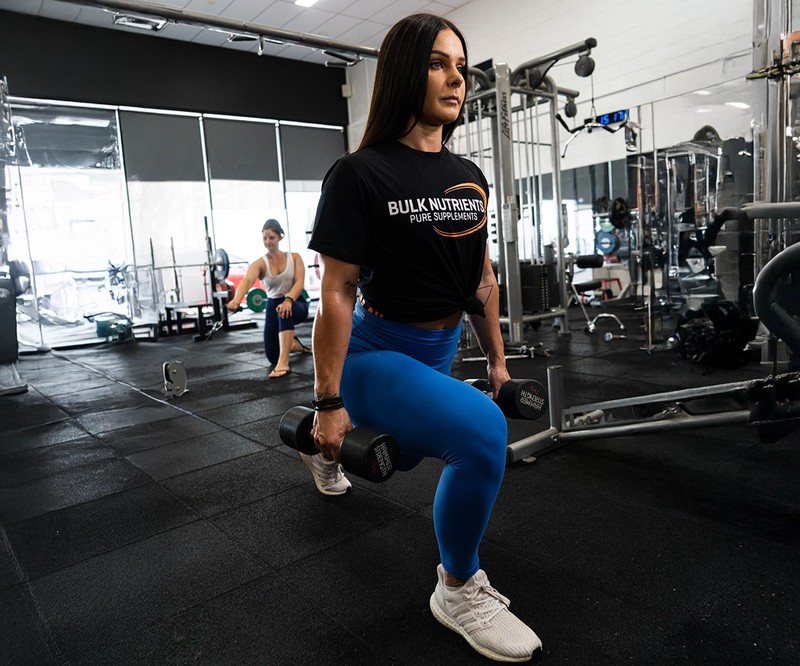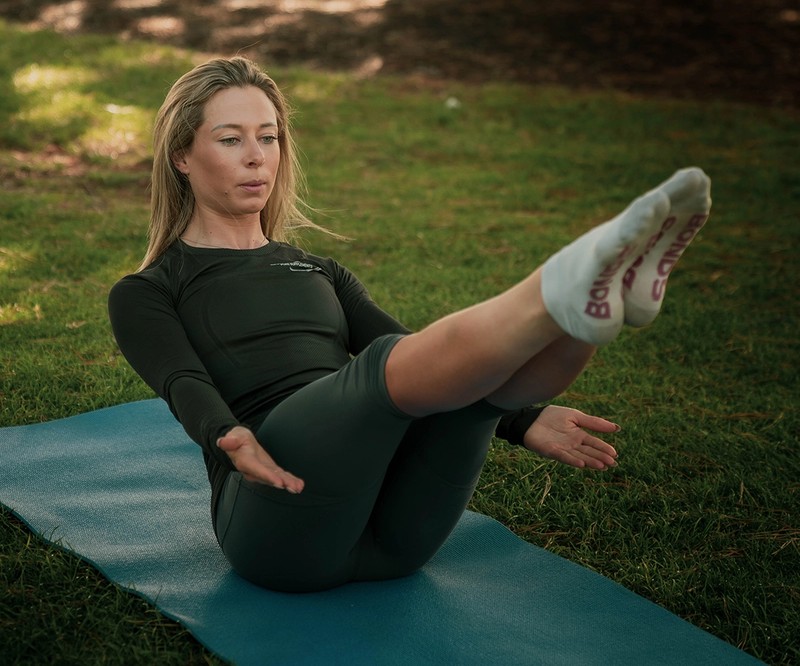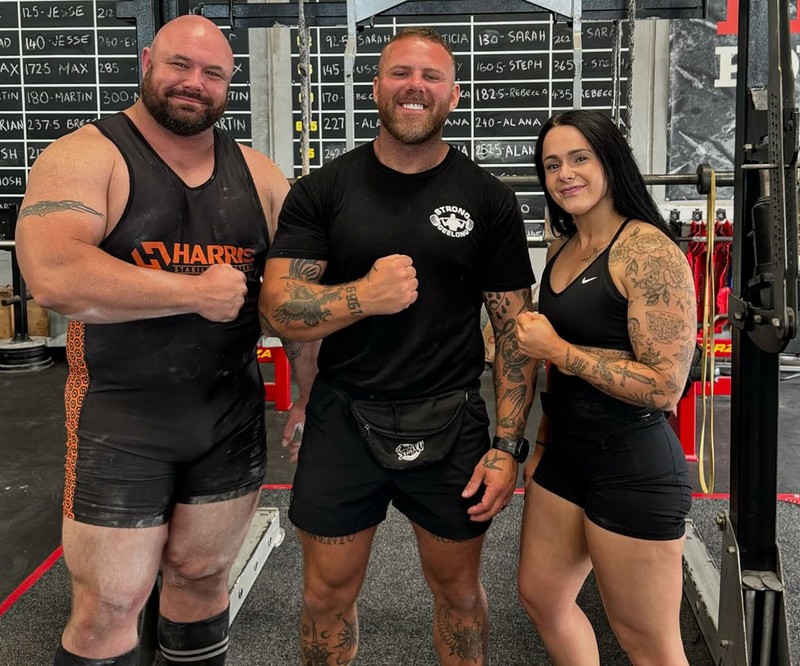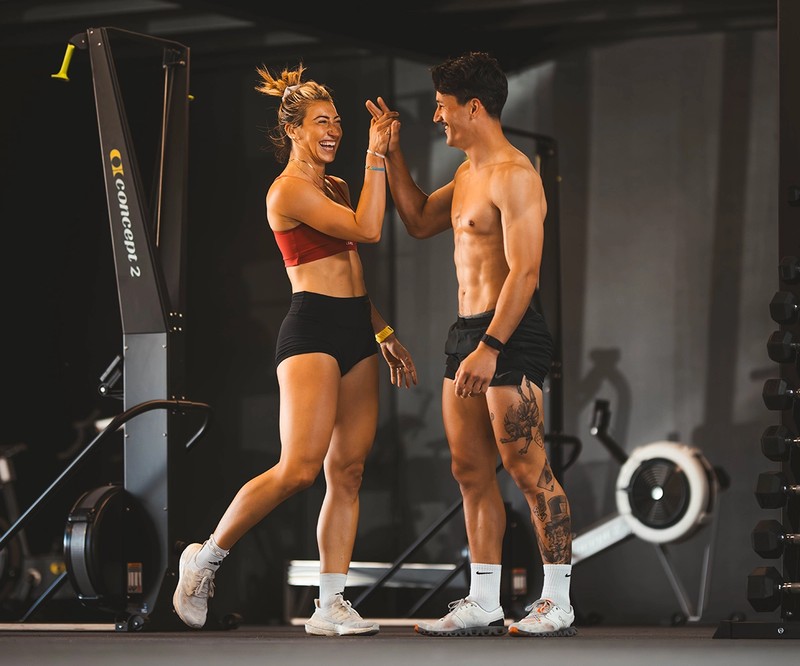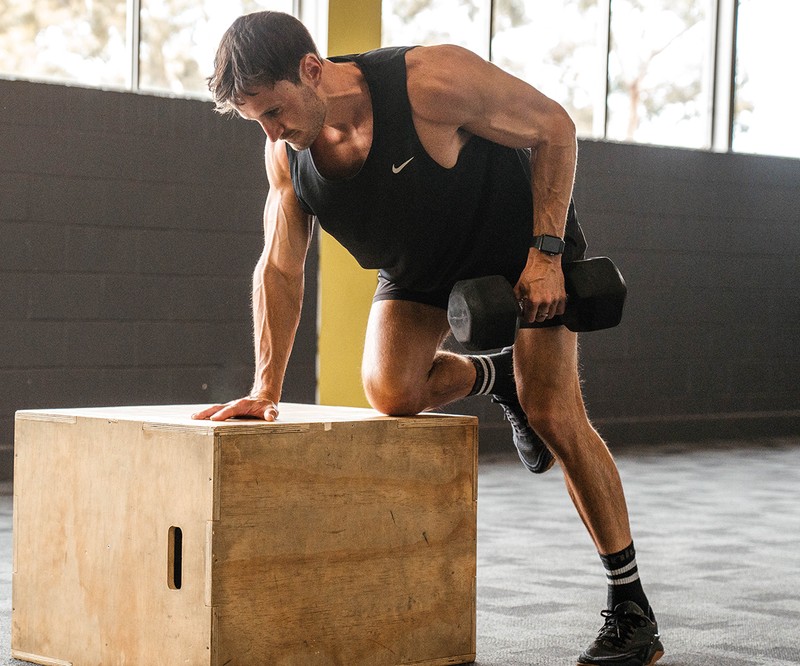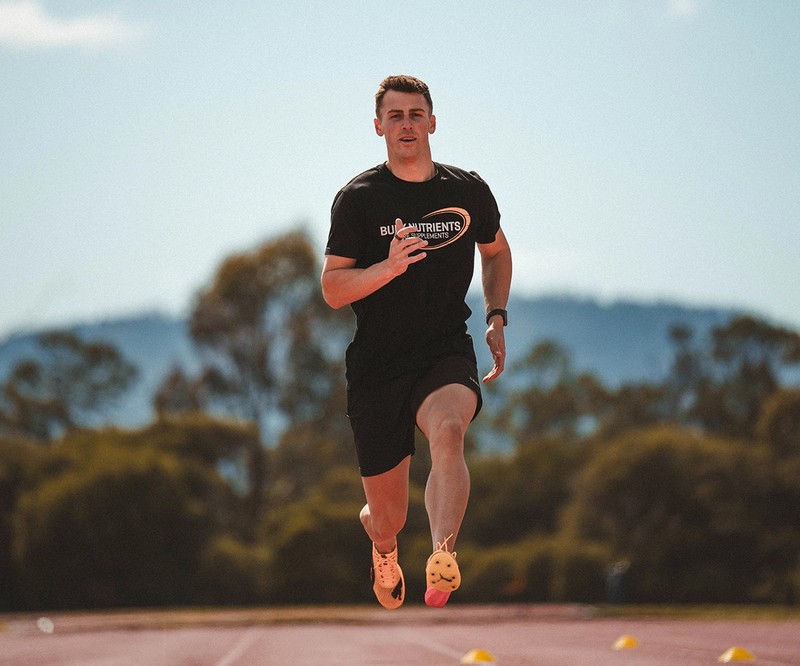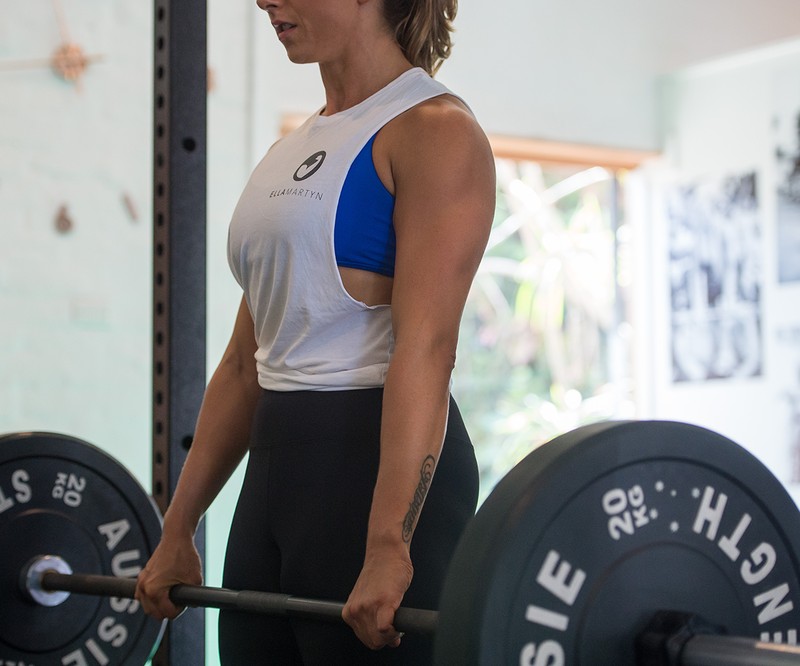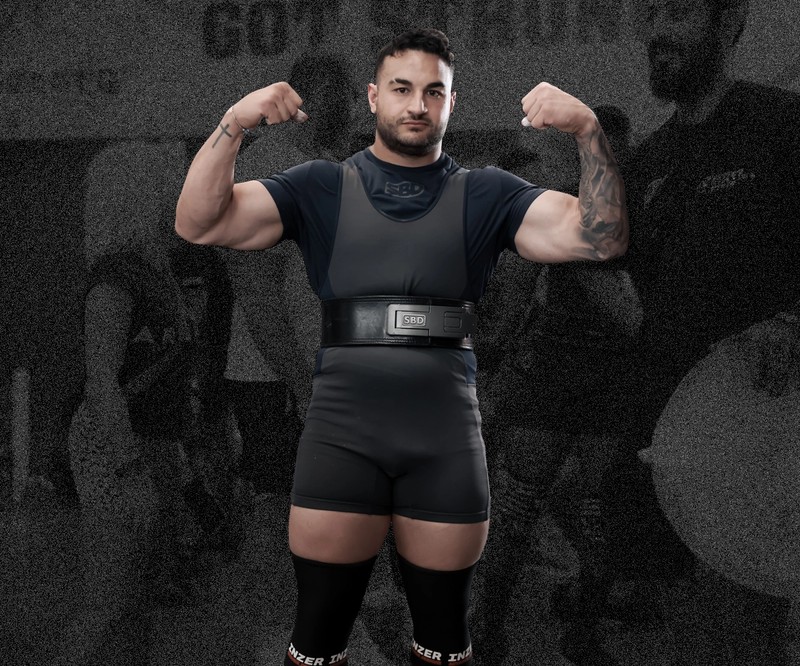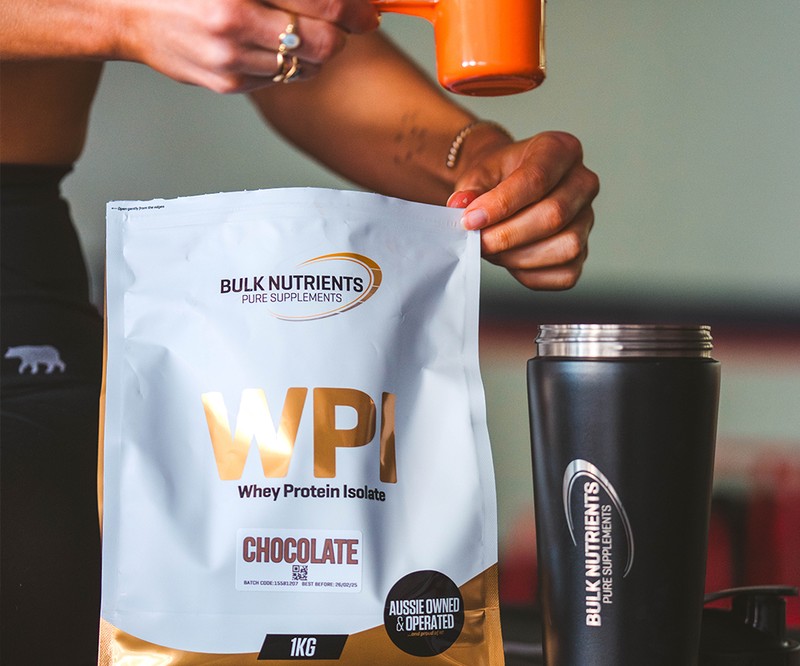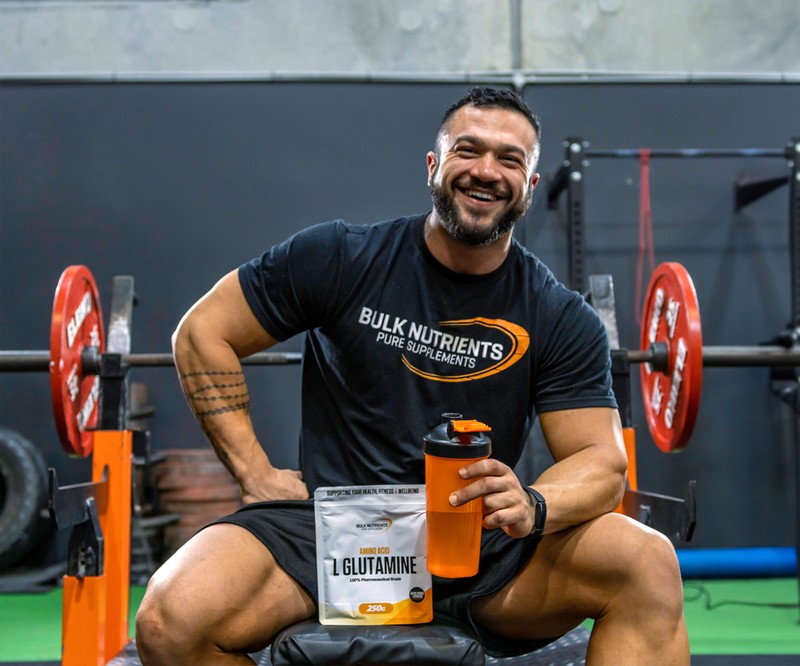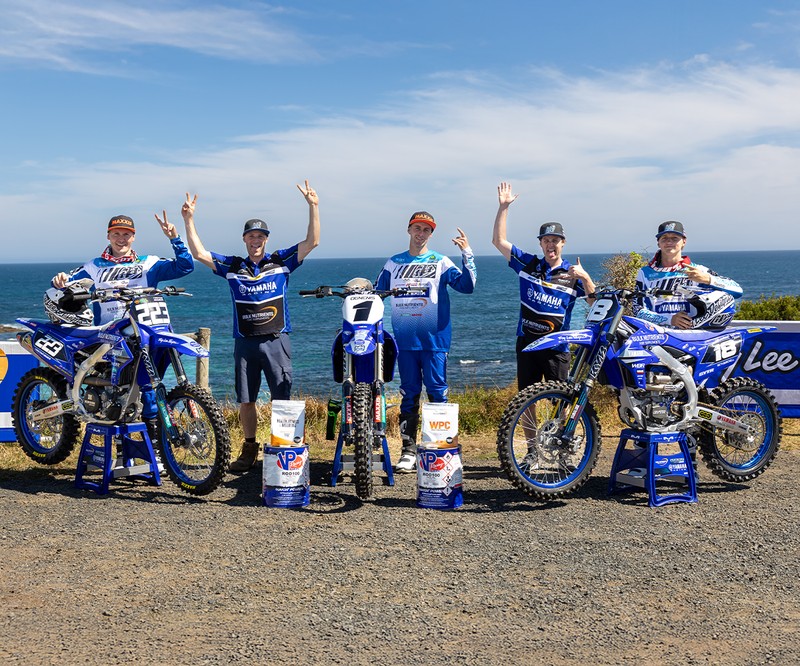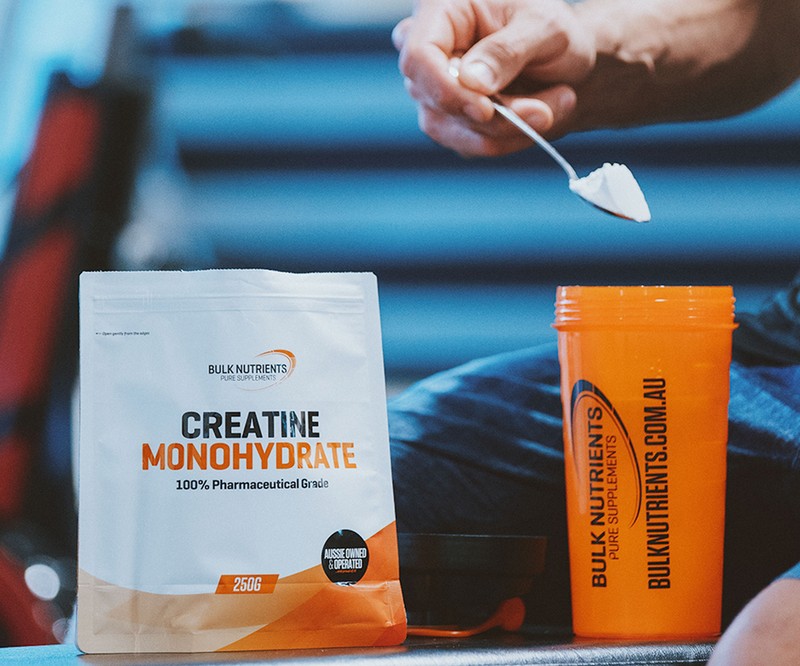Should Women Focus On Parallel, Full, or Front Squats?
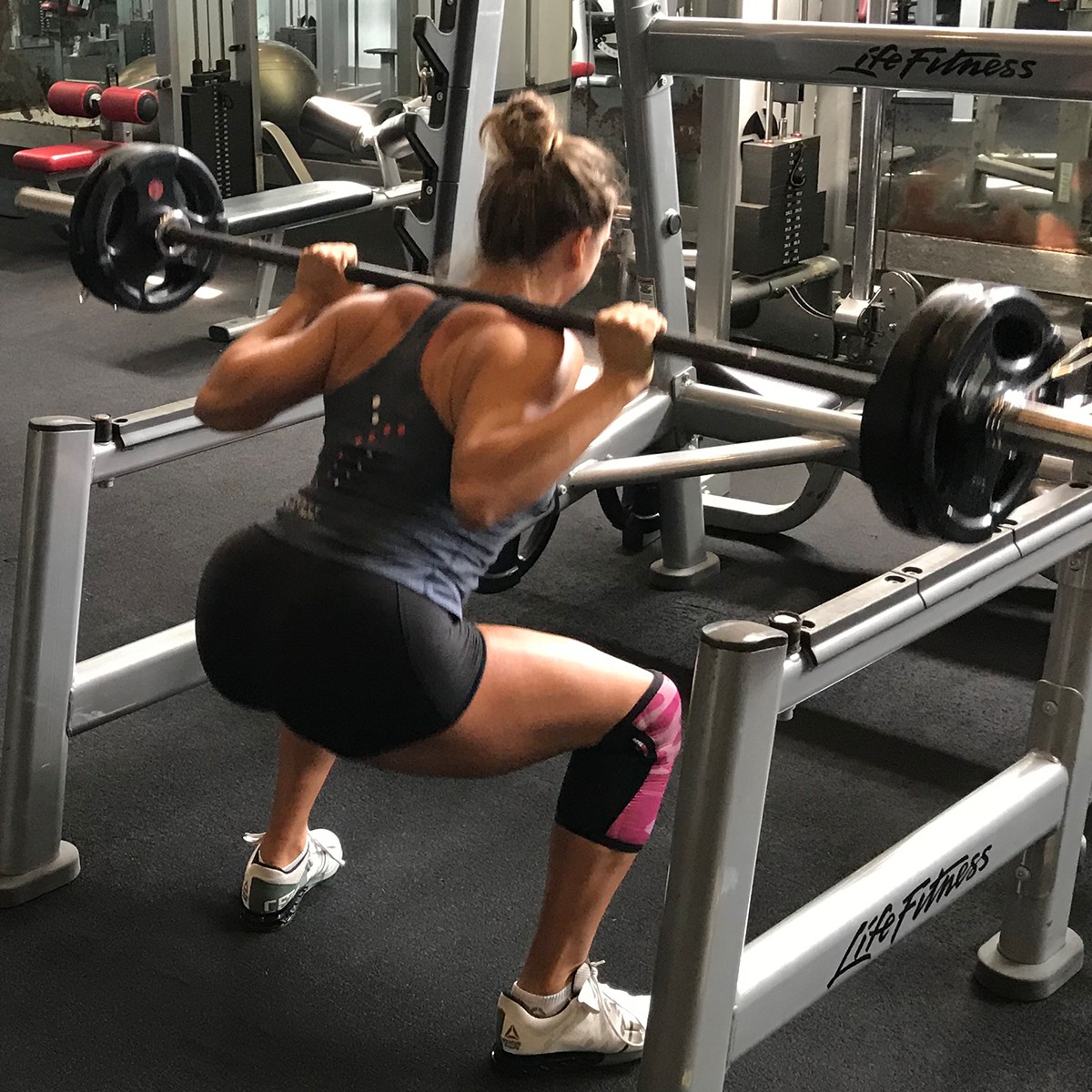
Front, parallel, or full squats for booty, hamstring, and quad development?
There are many variations of squats and lower body exercises, but this blog will focus on parallel, full squats, and front squats.
And this is what these exercises look like:
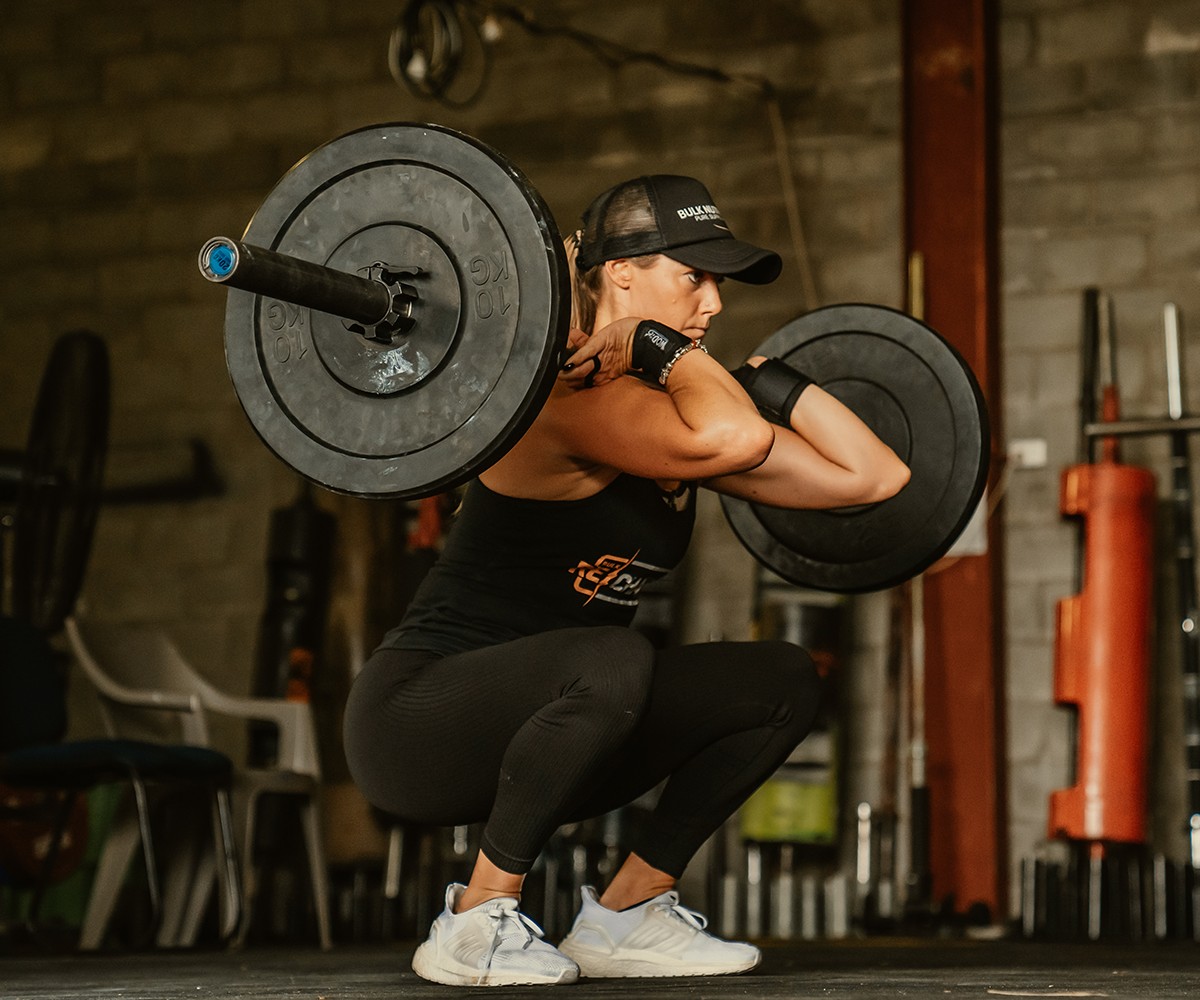
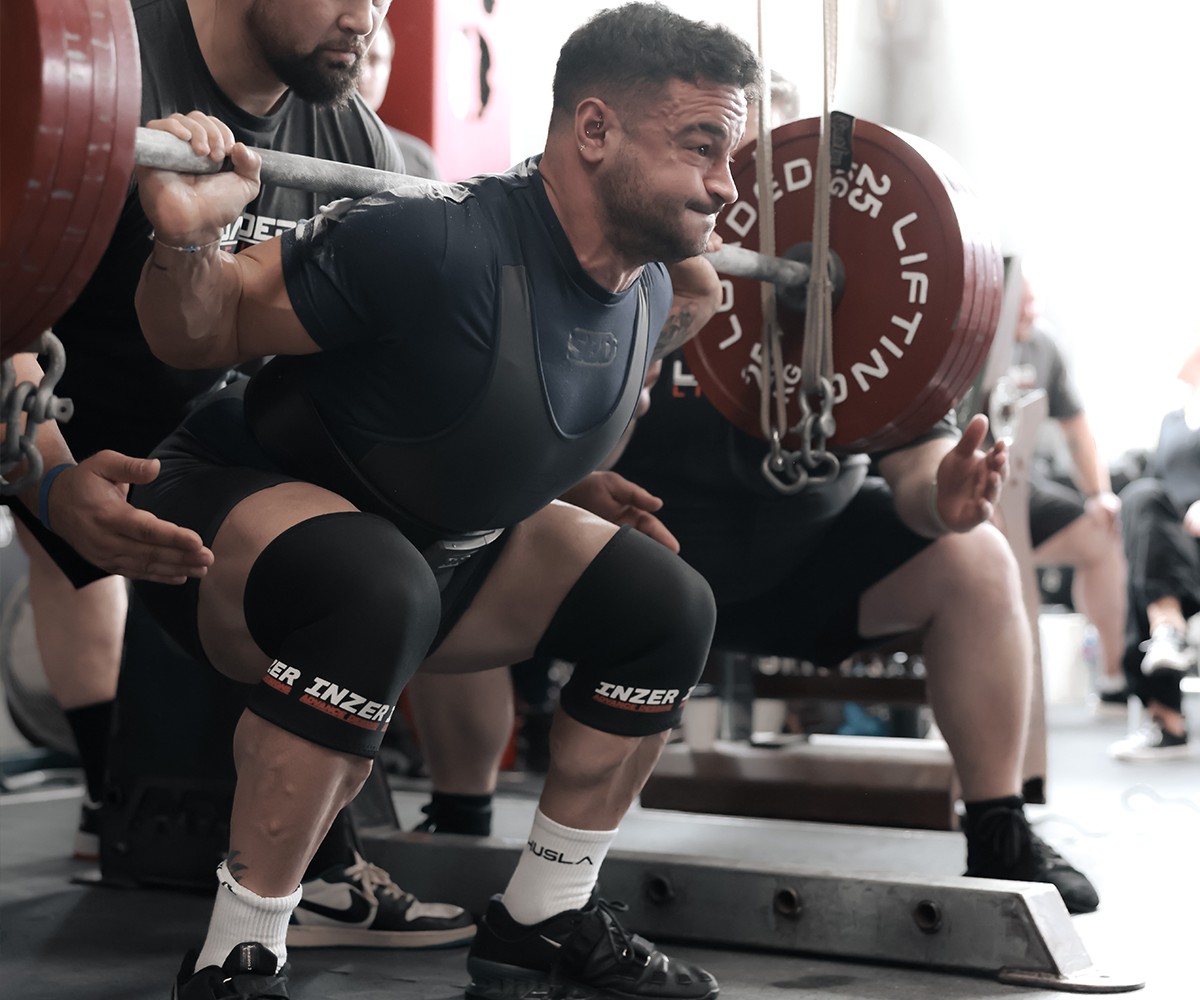
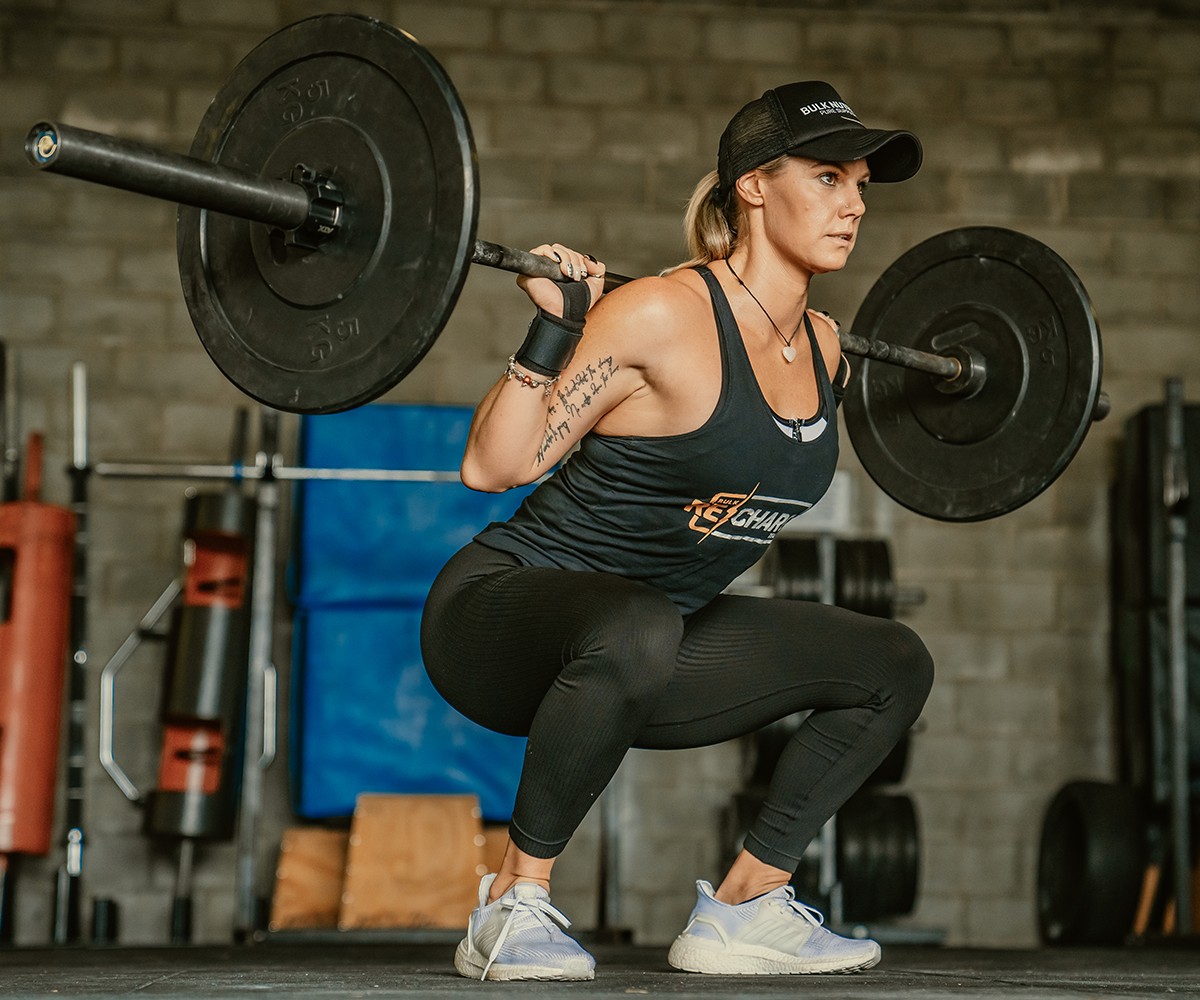
And what has always been thought is that "ass to the grass" -- i.e., the full squat -- is better for overall lower body development.
I mean, why wouldn't it be? The range of motion is larger and surely this means we're going to get better results?
Well, this study looked at these three exercises (in fact, that's where the above picture is from), to get an answer as to which of the exercises is most effective.
And it was set up because, at the time, the majority of the research was done on men only. And that research shouldn't always be taken as gospel by women because body measurements, proportions, and movements are different between the sexes.
So, thirteen experienced female weight lifters in their twenties and early thirties took part in the study. Some had up to twelve years of lifting experience, but they needed at least 3 years of lifting experience to take part in the study.
They started with a ten-minute warm-up with different dynamic stretches for their lower body, then began doing three progressively heavier warm-up sets for the front, full and parallel squat.
Then, the subject's ten rep max (the number of reps they could perform ten times and no more) was calculated. The order of the testing was then randomised.
The good news here is that the study was well designed, and you can bet the subjects were experienced enough for the results to translate to you (or a female you know) regardless of lifting experience.
So, what did they find?
Hold onto your hats…
No differences between the full, front, and parallel squats in the:
- Upper glutes
- Lower glutes
- Hamstrings
- Vastus lateralis (aka the sweep of the quads).
The authors concluded that all variations of the squat here can be performed for similar EMG readings.
But the other interesting finding was that despite requiring not as much weight, front squats might just provide the same EMG reading as a heavier back squat.
This is good to know whenever you maybe aren't up to lifting as much on the back squat as you normally would. We don't always feel like lifting our maximum load every time we train, so a front squat is, therefore, a viable solution.
So, does that mean we should forget about the full range of motion for squatting?
Not so fast!
The authors advise against this, specifically.
With all research, there are limitations, and here that's obviously the fact that it was a short-term study. Moreover, the research didn't measure muscle growth after a long period, it simply utilised EMG for one workout.
EMG, which stands for electromyography, is used to measure muscle activity. This is when researchers place electrodes on muscles to record their activation. Now it's effective but not as good as alternative measures.
For example, MRI (magnetic resonance imaging) directly examines peripheral changes. Moreover, ultrasound is more effective than EMG at evaluating more muscle fibers.
- EMG: Tells us how much the muscle is being activated
- Ultrasound: Can measure muscle growth directly after a period of exercise
Furthermore, research shows that MRI and EMG complement each other; they both have their advantages when we’re learning about muscle activation in various exercises. But the bottom line is that ultrasound reigns supreme for a definitive answer.
The other issue with EMG studies is that they don't necessarily mean that more muscle motor units are being utilised.
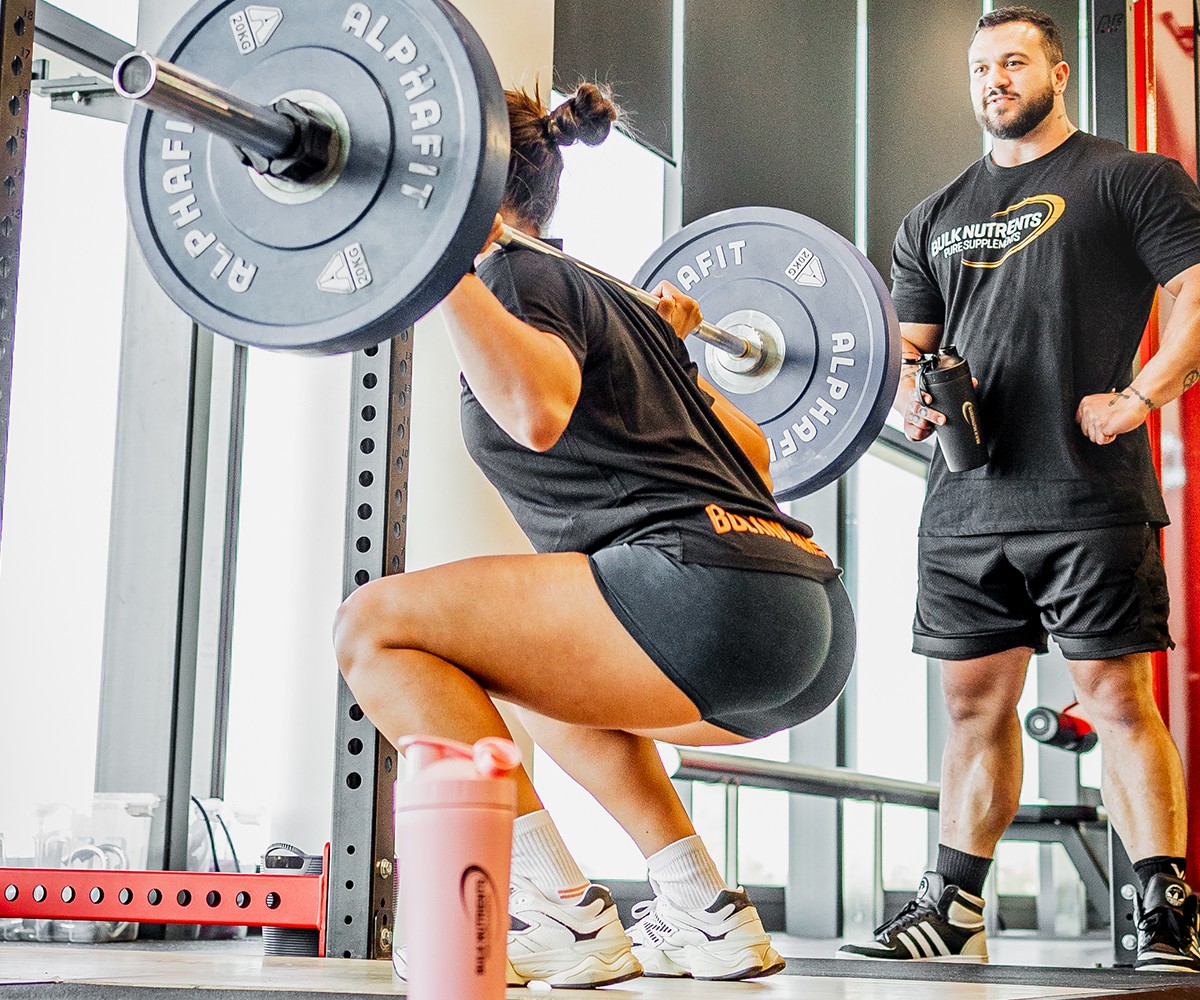
The authors of our feature study point to the fact that previous long-term research has found deep squats are better than parallel or partial squats for better muscle growth results.
They say that we should really squat as deep as we can, safely. That is obviously different for everybody, and as they point out, different between genders.
There's no point squatting deeper because you "know you have to" if it causes injury and time out of the gym. It's better to squat as deep as you can (even if that just happens to be to parallel) and keep turning up week in and week out. That will win out every time.
If you feel you are stiff in your hamstrings or lower back, you might need to visit a competent physio. They can diagnose your issue and prescribe specialised exercises for greater flexibility and thus a great squat.
I've personally had to do this after slipping disks in my back, and couldn't recommend this enough! What caused the injury in the first place were tight hamstrings and a tight lower back, which could have been avoided with the right stretching exercises consistently.
We all live and learn!
The best squats variation for women
For women, the front squat, back squat, and parallel squat all illicit the same EMG readings, and thus activate the hamstrings, vastus lateralis, and upper and lower glutes the same.
However, front squats can deliver the same activations with lighter weight! We should always squat as deep as we can, as safe as we can, as previous long-term research favours this.
But if you can't, there's no need to feel like you're missing out; you will still be working your hamstrings, glutes and vastus lateralis effectively.
References:
- Contreras B, Vigotsky AD, Schoenfeld BJ, Beardsley C, Cronin J. A Comparison of Gluteus Maximus, Biceps Femoris, and Vastus Lateralis Electromyography Amplitude in the Parallel, Full, and Front Squat Variations in Resistance-Trained Females. J Appl Biomech. 2016 Feb;32(1):16-22. doi: 10.1123/jab.2015-0113. Epub 2015 Aug 6. PMID: 26252837.
- Duarte ML, Iared W, Oliveira ASB, Dos Santos LR, Peccin MS. Ultrasound versus electromyography for the detection of fasciculation in amyotrophic lateral sclerosis: systematic review and meta-analysis. Radiol Bras. 2020;53(2):116-121. doi:10.1590/0100-3984.2019.0055
- McKean M, Burkett BJ. Does segment length influence the hip, knee and ankle coordination during the squat movement? Journal of Fitness Research. 2012;1(1):23–30.
- Price TB, Kamen G, Damon BM, Knight CA, Applegate B, Gore JC, Eward K, Signorile JF. Comparison of MRI with EMG to study muscle activity associated with dynamic plantar flexion. Magn Reson Imaging. 2003 Oct;21(8):853-61. doi: 10.1016/s0730-725x(03)00183-8. PMID: 14599535.
- Vigotsky, Andrew D.; Beardsley, Chris; Contreras, Bret; Steele, James; Ogborn, Dan; Phillips, Stuart M. Greater Electromyographic Responses Do Not Imply Greater Motor Unit Recruitment and ‘Hypertrophic Potential’ Cannot Be Inferred, Journal of Strength and Conditioning Research: January 2017 - Volume 31 - Issue 1 - p e1-e4 doi: 10.1519/JSC.0000000000001249






